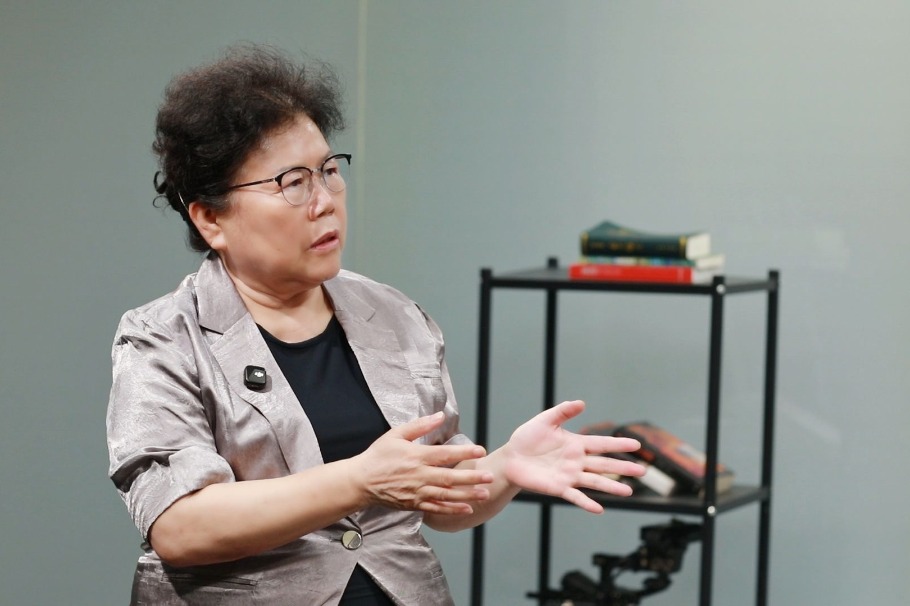70 years on, Tibet embarks on new journey of modernization


Historic changes
Thubten Gyaltsen, 81, clearly remembers his miserable days in old Tibet and has witnessed the great transformation of the region.
"My parents were serfs and we could barely fill our stomach," he said.
In old Tibet, the three major stakeholders -- officials, aristocrats and higher-ranking lamas -- and their agents, made up about 5 percent of the population but owned almost all of the land and most of the livestock. Serfs and slaves had no means of production or freedom of their own and were subjected to exploitation and oppression.
In 1959, democratic reform was launched and feudal serfdom was finally abolished in Tibet. A million serfs and slaves were emancipated.
Now, Thubten Gyaltsen and his family live in a two-story house with 13 rooms and a garage in the city of Shigatse. Five in his family of six enjoy wages or pension.
"Our lives couldn't be happier, and we are experiencing a totally different world compared with the old days," Thubten Gyaltsen said.
























